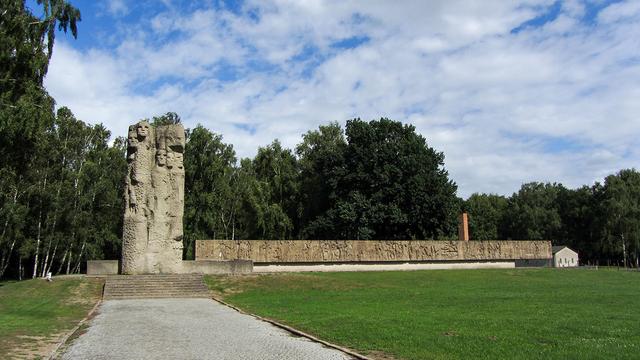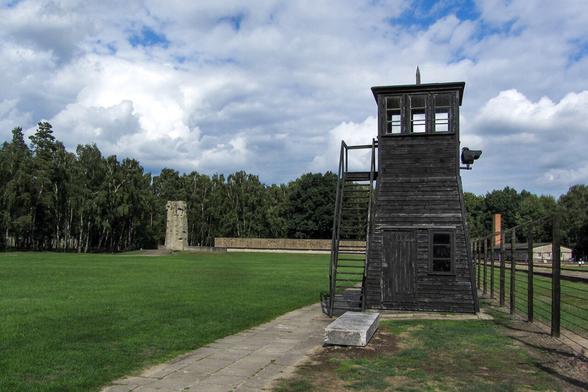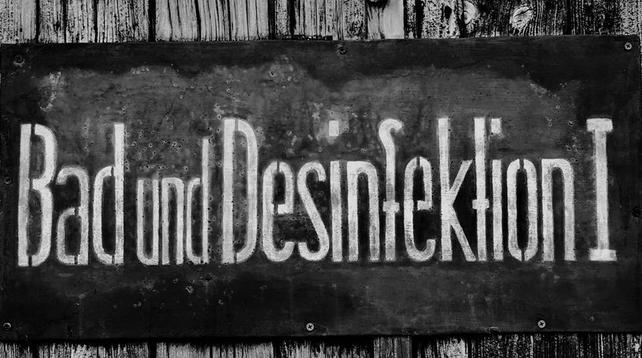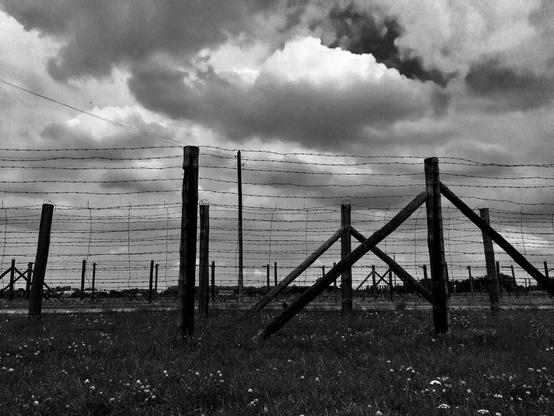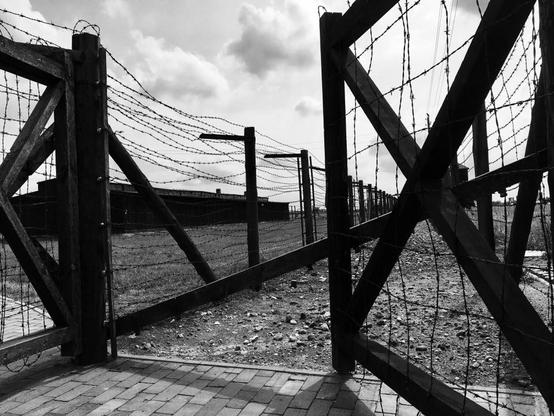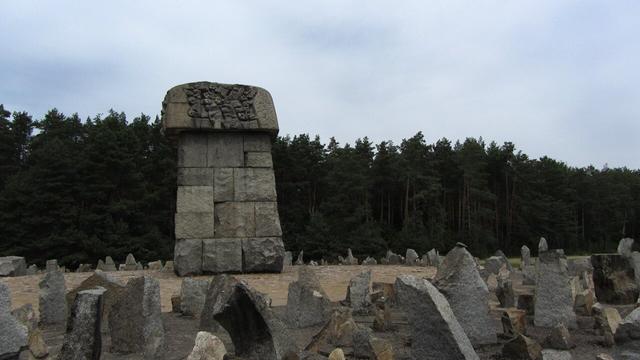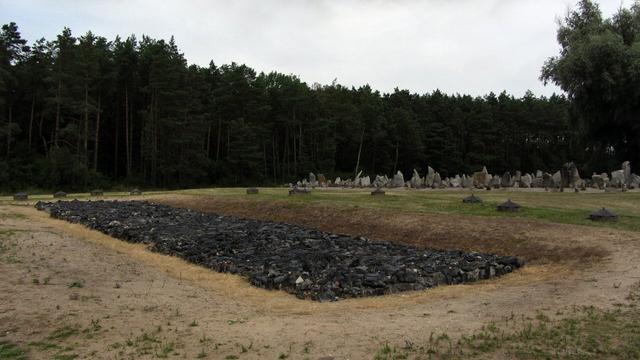German extermination camp Treblinka II (part 4)
The mechanism for dealing with the people deported to the camp and the method of their killing was developed by Christian Wirth, the inspector of the Treblinka, Bełżec and Sobibór camps
A typical transport contained up to 60 wagons - at railway station was divided into three parts, each was delivered to the camp separately. The average number of people in a wagon was 80-120
After the wagons were placed on the camp ramp, the people brought here left their luggage, taking documents and valuables with them. People with no strength, the disabled, the sick, the elderly and unaccompanied children were separated and then they were sent to the lazaret. There they were placed on a bench and killed by a shot to the back of the head
Healthy people were quickly led to the undressing area while being constantly screamed at and beaten. The newcomers were separated by gender. After entering the barrack, women had their hair cut off
Pushing into chambers and gassing was done by two Ukrainian guards who helped each other in these activities with a metal pipe and a sabre. The gasification process of crowded people lasted about 20 minutes. Sometimes this process was extended. The corpses together with blood and excrements were pulled out on the sloping floor of the chamber through manholes opened from the outside. After removing gold teeth from the corpses and removing valuable objects hidden in the body’s holes, the corpses were thrown into the pits. Later they were transported directly to the grates with leather straps, belts or wooden stretchers.
All the work, from unloading the transport on the railway ramp until the removal of the corpses of 5-6 thousand people from the chambers, lasted for 2-3 hours
#treblinka #deathcamp #exterminationcamp #concentrationcamp #germandeathcamp #germanexterminationcamp #nazigermany #worldwar2 #war #germany #polska #poland #extermination #jews #germans #nazis #history #historia #nazism #nazizm